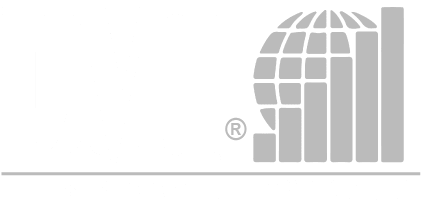Breaking Barriers, One Step at a Time
A few years ago, we moved into new office premises, complete with a guard station for welcoming and directing our clients. Unfortunately, one of the security guards, Sam, was very unsupportive. When he was on duty, he refused to communicate with us, was rude to our visitors to the point of refusing them entry, and generally did all he could to make life very difficult for us.
“Good morning Sam”!
But things had to change… We learnt his name and started greeting him by it every morning and thanking him when we left in the afternoon. If we went out for lunch, we’d ask him if he wanted us to pick something up for him, and if he said no, we’d get him something anyway. Slowly but surely a relationship started to form and before long Sam was keeping the best parking places for us, taking great care of our visitors, and looking out for us if we had to work late, etc. We’d found a way to connect and then a common ground on which to build upon, and it all started with a simple, “Good morning Sam”!
Identify the barriers
Finding a way to break down those barriers was the key to bringing about the drastic change to a seemingly impossible situation. The same is true for any relationship; be it with our employees, employers, clients, or business partners. Maybe the obstacles are not as blatant as Sam’s rudeness was, but warning bells should sound whenever there is silence between people or departments. This absence of communication and connection is a sure signal that barriers exist, where each department is functioning as a little island, out of sync with the other, resulting in duplicated tasks, poor handovers and overall inefficiencies in productivity.
Moving from absence of communication and connection to collaboration
Before we grab the sledgehammer in an attempt to get rid of those barriers to collaboration, as we saw in the case with Sam, there are a few key elements needed in order to make this process a success. Regardless of what ‘level’ we are; employee, employer, team members, etc., it’s important to know that anyone can champion the collaborative process simply by looking for ways to break down those barriers, for example:
- We need to find something in common to every person concerned; a shared interest, vision or goal.
- A change in behaviour is required where each person puts their pride and ego aside and is ready to make an effort to collaborate. This does not mean a change in the structure of the teams, putting new procedures and processes in place, or even changing the office layout! No, it means a change in attitude and a commitment.
- The vision of the company, as well as the shared goals and needs of others, need to be considered more important than any one individual’s reasons for desiring collaboration. A selfless way of working must be adopted.
- Lastly, we need to take ownership of the reasons as to why barriers exist in the first place and not blame the lack of collaboration on others.
All can become champions through collaboration
Another excellent example where barriers were exchanged with collaboration, is the American football team, The Minnesota Twins. This team consisted of young talented players who had no idea how to work together. Their pitcher, Jack Morris, created an environment for change; encouraging the team to let down their guards, to open up to one another, to work together and outline their shared vision for the team. As they faced various challenges together, slowly but surely barriers came down and they ended up shocking the world by winning the World Series just one year later. Morris saw the lack, led by example, and the team followed!






